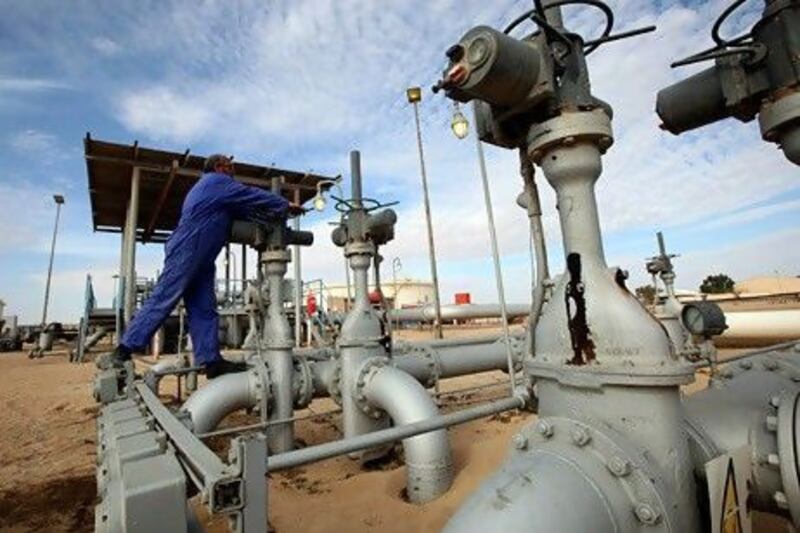Opec+, the group behind historic market corrections, is set to meet for its monthly ministerial meeting on September 1 to decide whether to bring 400,000 barrels per day back to the markets next month.
The group, led by Saudi Arabia and Russia, is gradually easing the curbs it had placed on its members' output and is set to add 2 million bpd back to the markets by the end of the year.
However, the decision to make incremental supply increases is flexible, with the group set to consider ongoing oil market dynamics before agreeing to add a 400,000 bpd tranche of supply.
Earlier this week, Kuwait's oil minister said that the group could revise its output supply lower, if necessary.
Crude prices fell at the start of this month over concerns that resurging infections in economies such as China and the US could dampen demand for energy. But prices have since recovered – rising by more than 10 per cent – after China, the biggest importer of crude, registered zero cases and amid expectations of lower US oil production owing to closures of facilities as Hurricane Ida rages in the region.
"With oil having rallied over 10 per cent last week, leaving both contracts roughly in the middle of their two-month ranges [frisky though they have been], the pressure is probably off for the grouping to change their scheduled production increases," said Jeffrey Halley, senior market analyst, Asia Pacific at Oanda.
"Opec+ has shown in the past that they are very resistant to the tail-chasing noise of the prompt futures and the curves themselves remain in backwardation."
Backwardation refers to a bullish signal where near-dated contracts are more expensive than later ones.
Brent, the international benchmark, recovered its footing and was trading 0.15 per cent higher at $72.81 per barrel at 4.17pm UAE time. West Texas Intermediate, which tracks US crude grades, was flat at $68.75 per barrel.
The market largely revived after China's efforts to curb Covid-19 infections bore fruit.
Oil prices are also buoyant after Ida shut off 1 million bpd of output along the US Gulf Coast, tightening supply.
"Oil prices hit a three-week high earlier on Monday as the hurricane forced shutdowns in hundreds of offshore oil platforms in the Gulf of Mexico. Around 1.7 million barrels of oil output was lost on Sunday," said Hussein Sayed, chief market strategist at Exinity Group.
Prices are also strengthening amid a softer US dollar, which weakened following comments by the chairman of the Federal Reserve Jerome Powell that the world's largest economy will gradually taper its quantitative easing policy.
Crude commodity prices trade inversely to the US dollar, which dominates its trade. If the US dollar is trading higher, oil prices will decline and vice versa.
Oil's performance near-term will now depend on the course of Hurricane Ida as well as any bullish signals from Opec+ later this week.
"If Ida's impact is worse than expected and we get ambiguous signals from Opec+ officials, oil's rally can continue, especially as risk appetite in general post-Jackson Hole, is firm," Mr Halley said.







